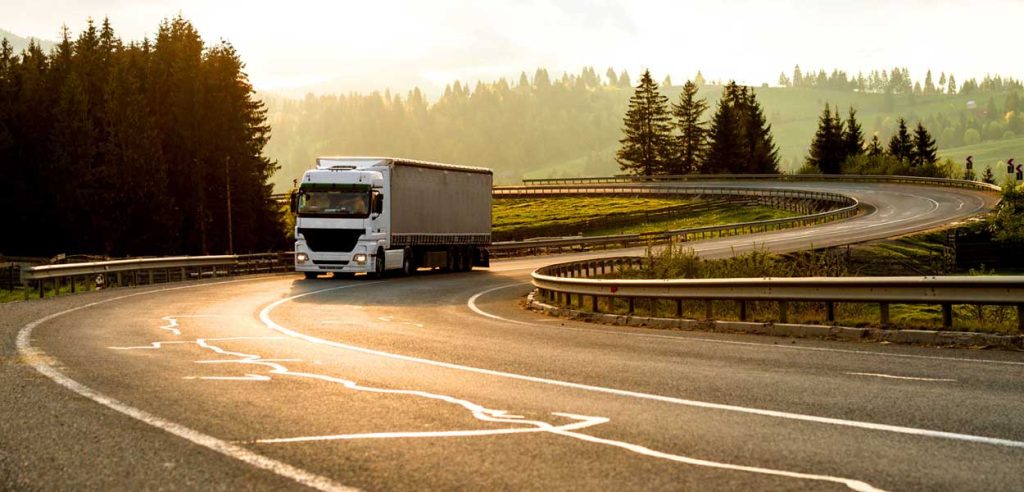
Container and its types
What is Container?
The container is essentially a metal container that has dimensions with universal standards that come in many different types. Shipping with container due to its numerous advantages among merchants and carriers is high protection and is more widespread than other methods.
These benefits include:
• Protection against external factors such as wind and rainfall and theft along the way
• Convenient and optimal use of ship space and storage
• Reduced packing costs for transportation• Increased speed and ease of loading and
unloading• Convenience of packing or sorting containers in containers and ships
• Convenient counting and monitoring of container
selection
In choosing a container or container, major factors such as its capacity and dimensions, the type of cargo to be loaded (dry or frozen or vegetable…), the permitted limit of transportation on road and road transportation facilities, as well as loading and unloading the container at the intended source and destination should be considered.
The distribution of cargo inside the container
should be balanced and balanced inside the container
to avoid imbalances and problems that it causes. For this purpose, it should be tried to be placed in a container near or on the center of gravity of the container and the means of transport when loading a heavy cargo.
The numbers on each container not only contain the logo or abbreviations of the renter company (owner) but also a number of digits that are codes or symbols indicating the necessary information. For example, the container number
is USLU 41308-7: the first three letters represent the US shipping line and the fourth letter represents the assignment of the container to the
US railways. The number six is the container number and the number 7 for control. These letters and numbers are written legibly and visibly on the container body and are also engraved in the corners of its bases.
Check containers before loading
A – appearance and body:
• No holes or gaps in the walls.
• Doors open and close easily.
• Lock bars and handles work properly.
• No remains of the previous cargo.
B. Inside the container:
1- Water infiltration: For this purpose, container doors can be completely closed and whether or not a light from the doors or floor or ceiling is falling inward or not
. 2- In th case of container floor, it should be more careful because in road transportation water is usually sprayed from below upwards and has more room to penetrate in.
3- In case of unroofed containers covered with tents, the tent and the related bars and the place of the rope of the tent and especially the size of the tent should be examined. In addition, in all cases, the cleaning and contamination of the container must be assured and that any excess or debris from the previous goods is left in it.
CONTAINER OWNERSHIP: CONTAINERS IN TERMS OF OWNERSHIP OR IODINE AUTHORITY ARE DIVIDED INTO TWO GENERAL CATEGORIES:
SHIPPER’S OWNED CNTR = SOC or CONTAINERS OWNED BY
CARRIER’S CNTR = COC or containers owned by
the carrier of various containers

Standard 40 feet container and Hight cube
Another type of standard container is 40 feet or 12 meters and its most important applications are like the previous type in industry, road and sea transportation of goods or storage of imported and exported products. Also, due to the matching of its dimensions with the floor of the trolleys, it is usually the most used in ground transportation compared to other types. These containers are also available in two types, normal and hight cube.

OPET TOP open container
Open containers, as the name suggests, do not have a roof and the loaded contents are covered with a tarpaulin cloth, and they are more suitable for high and long goods and have two types, 20′ and 40′.

Reefer refrigerated container
The refrigerated container is mostly used for loading perishable materials and is equipped with a cooling system. These containers have different types, including 20′, 40′ ordinary and 40′ cube.

Tanker container
This type of container has a suitable space for carrying and transporting liquids to the extreme points.
Flat rack open side container
There is one or several large opening doors on the side of the container, which makes loading easier and is available in 20′ and 40′ types.

Plat form flat container
In this type of containers, after the goods are loaded and restrained, they are loaded on the lower level and after being restrained, they are ready for transportation. It is used for transporting heavy items such as machinery, iron and steel.

